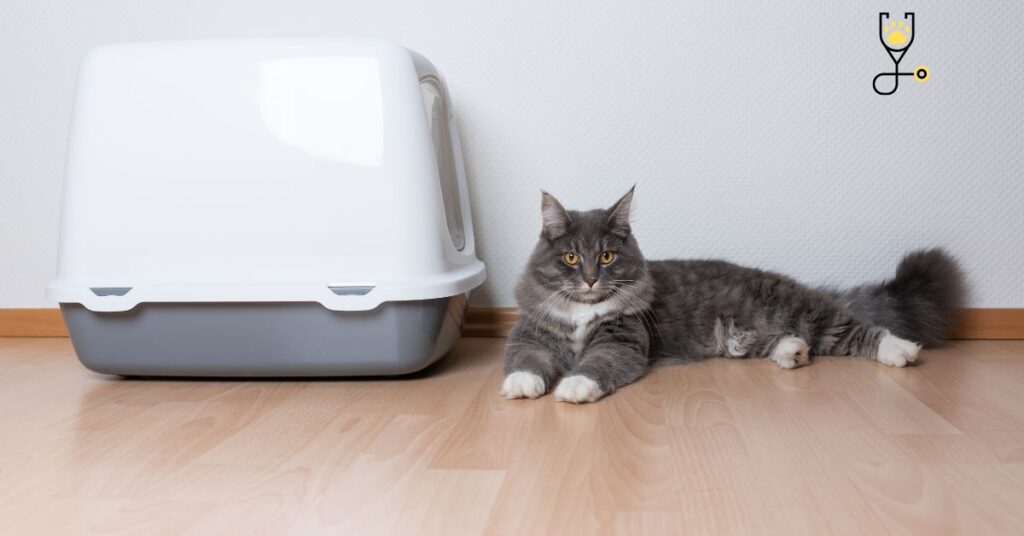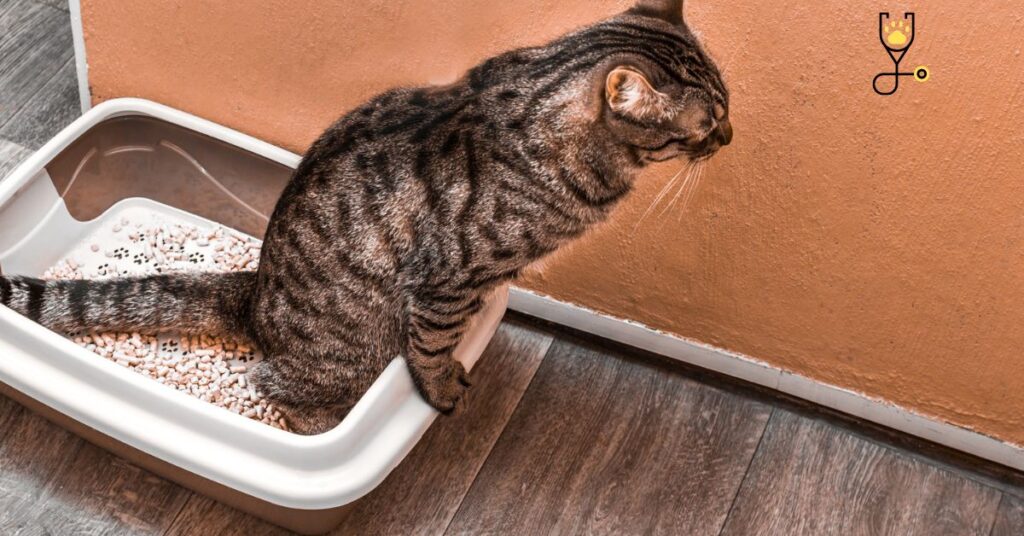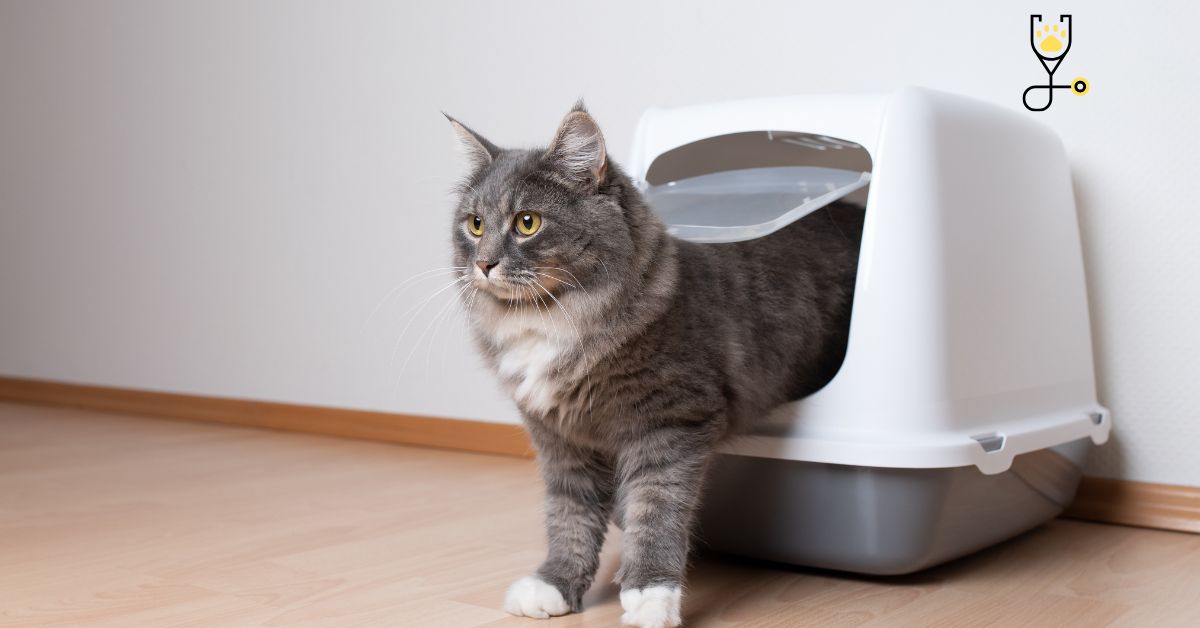It’s no secret that cats are quirky creatures. They have their own ways of doing things and, as their owners, we learn to adapt. One area where this is particularly apparent is in the use (or lack thereof) of the litter box. Some cats take to it like a fish to water, while others seem to fight it every step of the way. If your cat falls into the latter category, don’t worry – you’re not alone! In this blog post, we’ll discuss some common behavioral issues associated with litter boxes and provide tips on how to solve them. Stay tuned!
What is a litter box?
A litter box, also known as a sandbox, is a small enclosed area where cats can relieve themselves. It typically consists of a tray or pan filled with an absorbent material, such as sand, gravel, or clay. Some litter boxes also include features like liners and filters to help keep the area clean.
Types of litter boxes
There are many different types of litter boxes available on the market, so it’s important to choose one that is right for your cat. Some factors to consider include size, material, and whether or not the box has a lid. If you have multiple cats, you may want to opt for a larger size or multiple boxes.
10 -Cat Litter Box Behavioral Issues
if your cat is having litter box issues, you’re not alone. Here are 10 common behavioral issues:
1. Refusal to use the litter box
There can be a number of reasons why your cat is refusing to use the litter box. It could be that they don’t like the type of litter you’re using, the location of the litter box, or something else entirely. If your cat is suddenly refusing to use the litter box, try changing up some of these factors and see if that makes a difference.
2. Urinating outside of the litter box
This is often caused by stress or anxiety and can be solved by providing your cat with more litter boxes (at least one per level of your home) and making sure they’re in locations that are quiet and low-traffic.

3. Defecating outside of the litter box
Similar to urinating outside of the box, this is often caused by stress or anxiety. Again, providing more litter boxes and making sure they’re in ideal locations can help solve this problem.
4. Scooping out feces but not urine
Some cats prefer to scoop out their feces but not their urine. This could be due to the type of litter you’re using (clumping vs non-clumping), the location of the litter box, or something else entirely. If your cat is doing this, try changing up some of these factors to see if that makes a difference.
5. Not covering up waste
This is often simply a matter of preference for your cat. If they don’t mind leaving their waste uncovered, there’s no need to worry. However, if you’d prefer they cover it up, try using a litter box with a lid or providing them with a litter box that’s big enough to allow them to turn around without kicking the litter out of the box.

6. Kicking litter out of the box
Some cats like to kick their litter out of the box after they’ve used it. This could be due to the type of litter you’re using, the location of the litter box, or something else entirely. If your cat is doing this, try changing up some of these factors and see if that makes a difference.
7. Going in the same spot every time
Some cats prefer to use the same spot in their litter box every time they go. This could be due to the type of litter you’re using, the location of the litter box, or something else entirely. If your cat is doing this, try changing up some of these factors and see if that makes a difference.

8. Digging before urinating or defecating
This is often simply a matter of preference for your cat. If they like to dig in their litter before going, there’s no need to worry. However, if you’d prefer they didn’t do this, try using a litter box with high sides or providing them with a litter box that’s big enough to allow them to turn around without having to dig.
9. Going in the same spot every time
Some cats prefer to use the same spot in their litter box every time they go. This could be due to the type of litter you’re using, the location of the litter box, or something else entirely. If your cat is doing this, try changing up some of these factors and see if that makes a difference.
10. Not using the litter box at all
If your cat is not using the litter box at all, it could be due to a medical condition such as a urinary tract infection or diabetes. If you suspect your cat has a medical condition, please take them to the vet for an examination. If you’re dealing with a cat that has behavioral issues, know that you’re when it comes to litter box behavior, there can be a number of issues.
Ways to solve Cat Litter Box Behavioral Issues
1. Litter Box Location
One of the most important factors in litter box success is location. The litter box should be in a quiet, low-traffic area of your home. It should also be easily accessible to your cat. If you have multiple cats, each cat should have their own litter box.
2. Type of Litter
The type of litter you use can also be a factor in litter box success. Some cats prefer clumping litter while others prefer non-clumping litter. There are also a variety of scents and textures available. Try out a few different types of litter to see which one your cat prefers.
3. Type of Litter Box
The type of litter box you use can also be a factor in litter box success. Some cats prefer covered litter boxes while others prefer uncovered litter boxes. There are also a variety of sizes and shapes available. Try out a few different types of litter boxes to see which one your cat prefers.

4. Cleanliness
Another important factor in litter box success is cleanliness. The litter box should be scooped out daily and completely emptied and cleaned out once a week. If the litter box is not clean, your cat may be less likely to use it.
5. Stress
Finally, stress can be a big factor in litter box issues. If your cat is feeling stressed, it may be less likely to use the litter box. Try to identify any sources of stress in your cat’s life and remove them if possible. If you can’t remove the source of stress, try to provide your cat with a calm and relaxing environment. If you’re having litter box issues with your cat, try changing up some of these factors and see if that makes a difference. Remember, every cat is different and what works for one cat may not work for another. Be patient and keep trying until you find a solution that works for both you and your cat.
Conclusion
There are a variety of reasons why your cat may not be using the litter box. The most important thing you can do is to try to identify the reason and make changes accordingly. If you’re having trouble, don’t hesitate to reach out to your veterinarian for help.
Frequently asked questions about litter box issues
1. How often should I scoop out the litter box?
The litter box should be scooped out daily and completely emptied and cleaned out once a week.
2. What type of litter should I use?
Some cats prefer clumping litter while others prefer non-clumping litter. There are also a variety of scents and textures available. Try out a few different types of litter to see which one your cat prefers.
3. What type of litter box should I use?
Some cats prefer covered litter boxes while others prefer uncovered litter boxes. There are also a variety of sizes and shapes available. Try out a few different types of litter boxes to see which one your cat prefers.
4. Why is my cat peeing outside the litter box?
There are a variety of reasons why your cat may be peeing outside the litter box. It could be due to a medical condition, stress, or preferences for litter type or litter box type. Try to identify the reason and make changes accordingly. If you’re having trouble, don’t hesitate to reach out to your veterinarian for help.
5. Why is my cat pooping outside the litter box?
There are a variety of reasons why your cat may be pooping outside the litter box. It could be due to a medical condition, stress, or preferences for litter type or litter box type. Try to identify the reason and make changes accordingly. If you’re having trouble, don’t hesitate to reach out to your veterinarian for help.







